Fascinating facts and trivia about fingerprints
Trending Now
Fingerprints have intrigued humans for centuries, not only for their intricate patterns but for their role in personal identification. From criminal investigations to unlocking smartphones, these unique skin ridges have found their way into various aspects of our lives.
As we delve into the world of fingerprints, we’ll uncover fascinating facts and explore their significance across different fields.
The Unique Nature of Fingerprints: A Personal ID

Fingerprints are a form of biometric identification, meaning they are a unique physical characteristic used to identify individuals. No two people have the same fingerprints, even identical twins.
This uniqueness is due to the random way skin ridges form in the womb, making fingerprints an excellent tool for personal identification.
When Do Fingerprints Form? A Peek into Prenatal Development
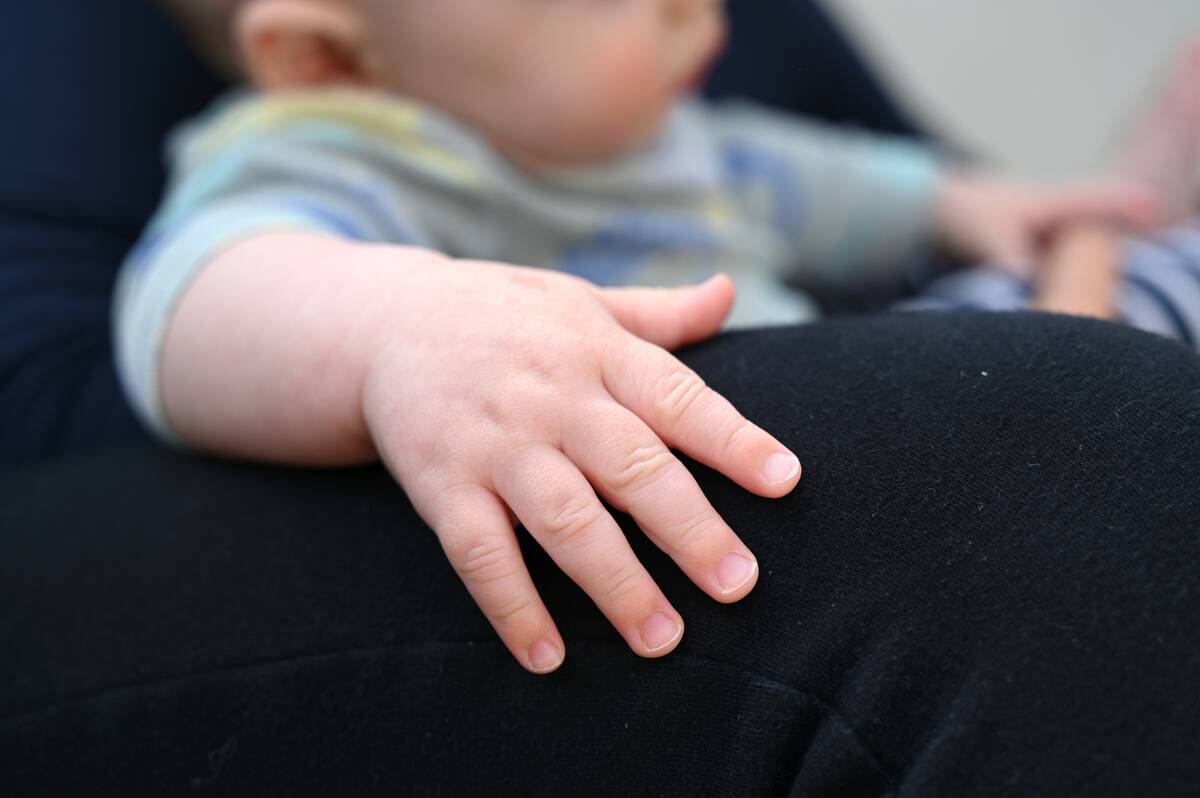
Fingerprints begin to form during the 10th week of pregnancy, and by the 17th week, they are fully developed. This process occurs in the womb, influenced by genetic and environmental factors.
The pressure in the womb and the surrounding amniotic fluid play a role in shaping these distinctive patterns, ensuring each set of fingerprints is one of a kind.
No Two Are Alike: The Science Behind Fingerprint Uniqueness
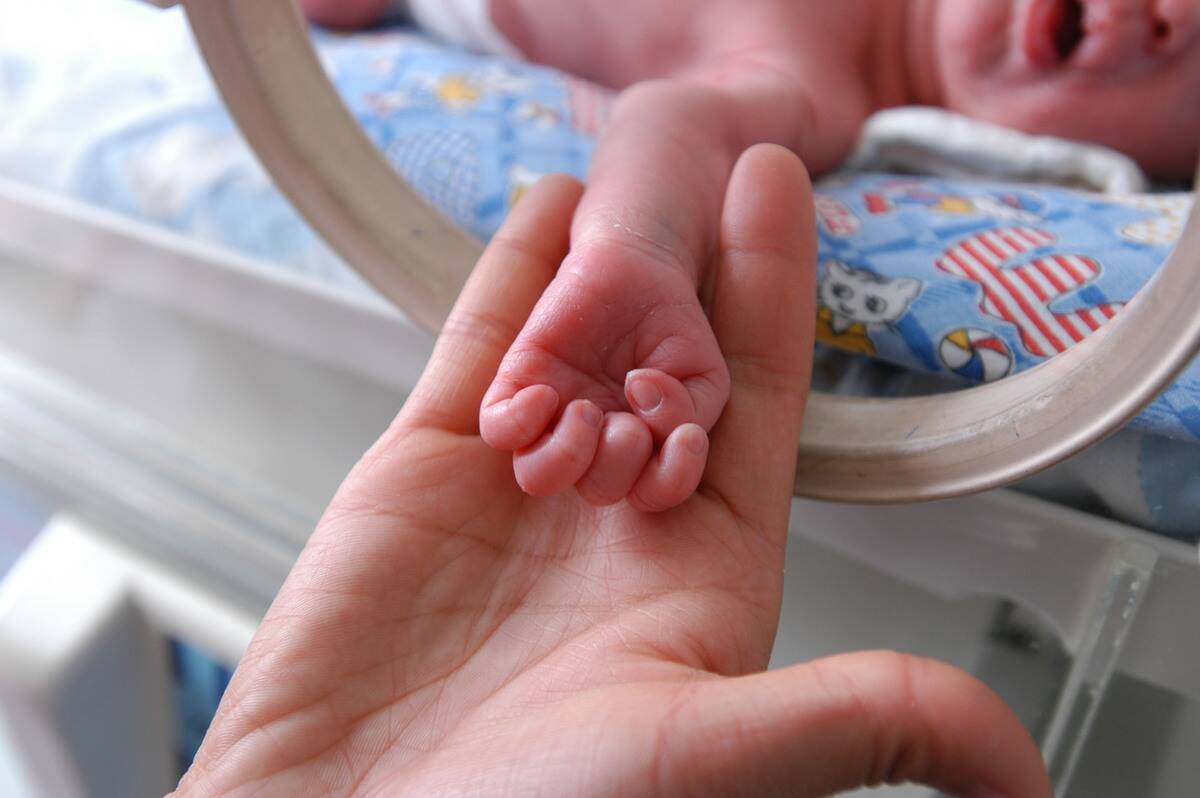
The uniqueness of fingerprints is due to a combination of genetic and environmental influences. The patterns are formed by the dermal papillae, which link the dermis layer of skin to the epidermis.
Even slight variations in the womb environment can lead to the development of different ridge patterns, making fingerprint replication virtually impossible.
Not Just Human: Fingerprints in the Animal Kingdom
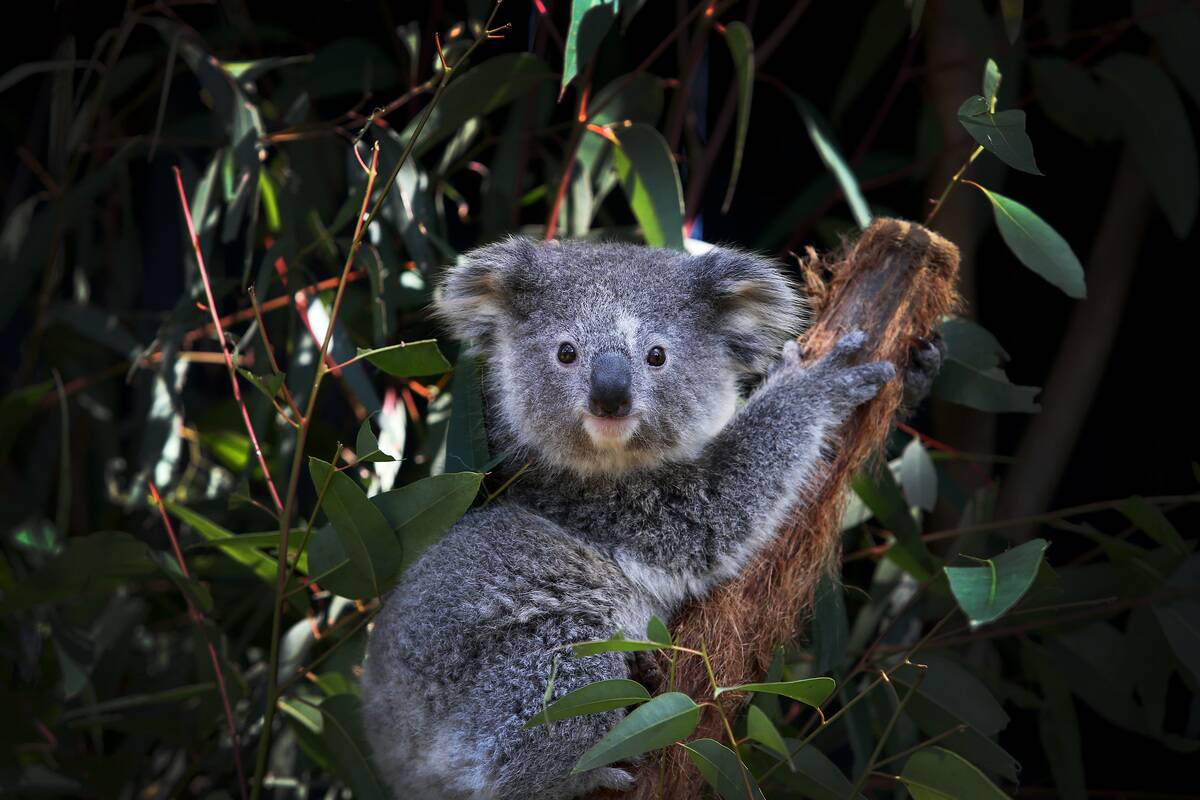
Humans aren’t the only creatures with fingerprints; Some animals boast them too. Koalas, for instance, have fingerprints that are so similar to humans that even electron microscopes struggle to tell them apart.
These prints help animals grip surfaces and climb, showing that fingerprints go beyond just identification.
Dermatoglyphics: The Study of Fingerprint Patterns
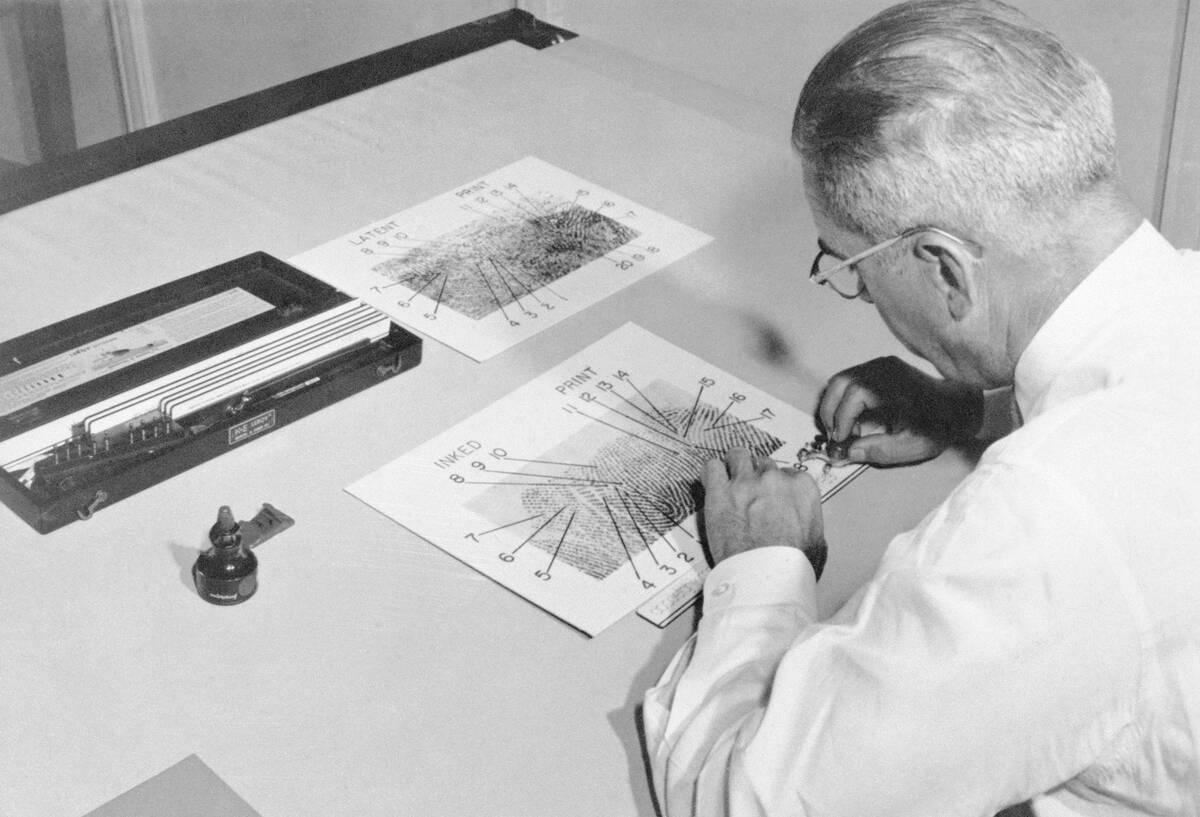
Dermatoglyphics is the scientific study of fingerprint patterns, which includes loops, whorls, and arches. This field not only helps in personal identification but also explores potential links between fingerprint patterns and genetic disorders.
Dermatoglyphics has been used in studies to predict certain medical conditions, though its accuracy is still a topic of research.
The Trio of Patterns: Loops, Whorls, and Arches
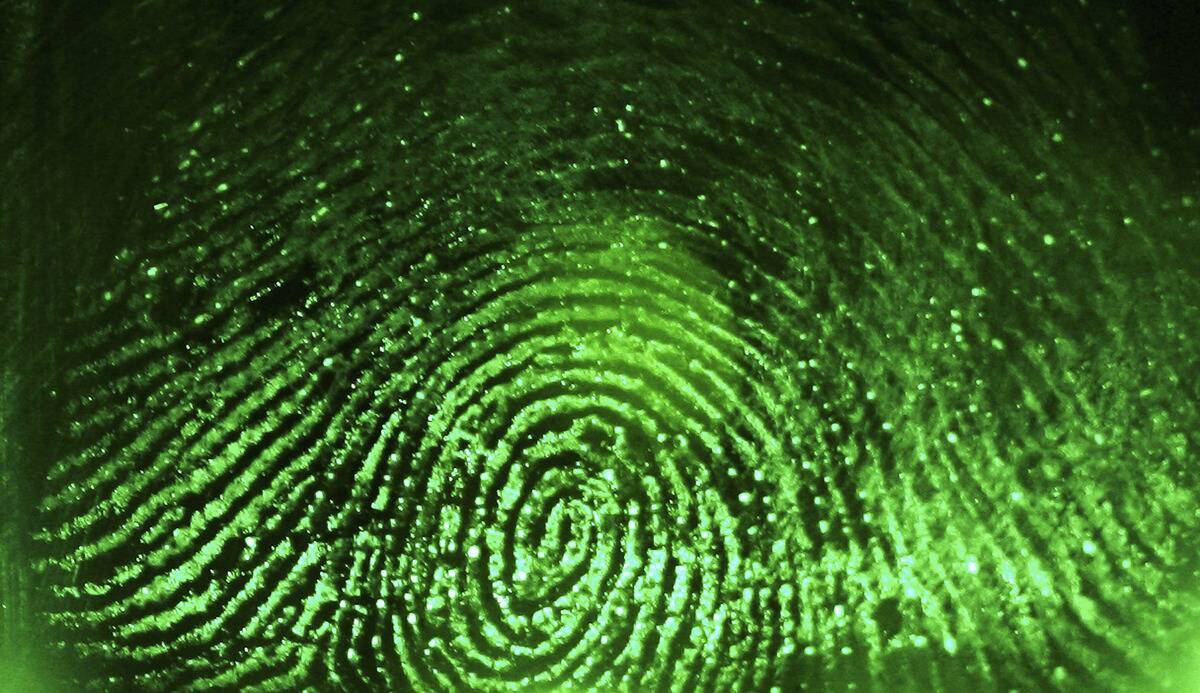
Fingerprints are categorized into three main patterns: Loops, whorls, and arches. Loops are the most common, found in about 60-70% of the population.
Whorls appear in 25-35%, while arches are the rarest, appearing in only about 5-7% of people. These patterns, along with minute ridge details, create a fingerprint’s distinctiveness.
Fingerprints and Grip: More Than Just Identification
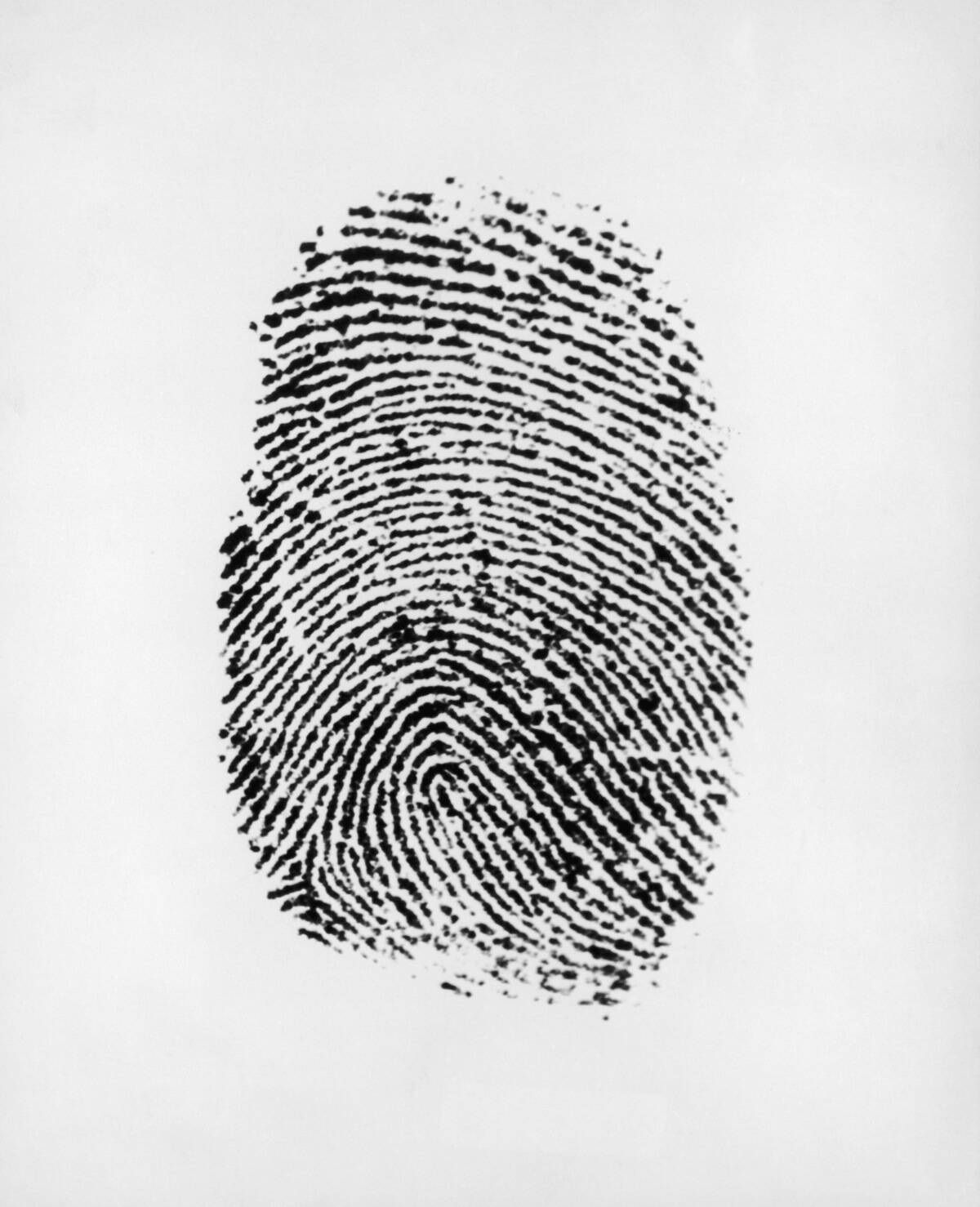
Fingerprints serve a purpose beyond identification; they may enhance our ability to grip objects. The ridges increase friction between the skin and surfaces, preventing slipping. Although research has contested this idea in general, it’s still possible that fingerprints have this function in wet conditions.
This function is crucial for tasks requiring precision and dexterity, such as writing or holding tools, highlighting the practical importance of these unique patterns.
Fingerprint Sensors: How Your Phone Recognizes You
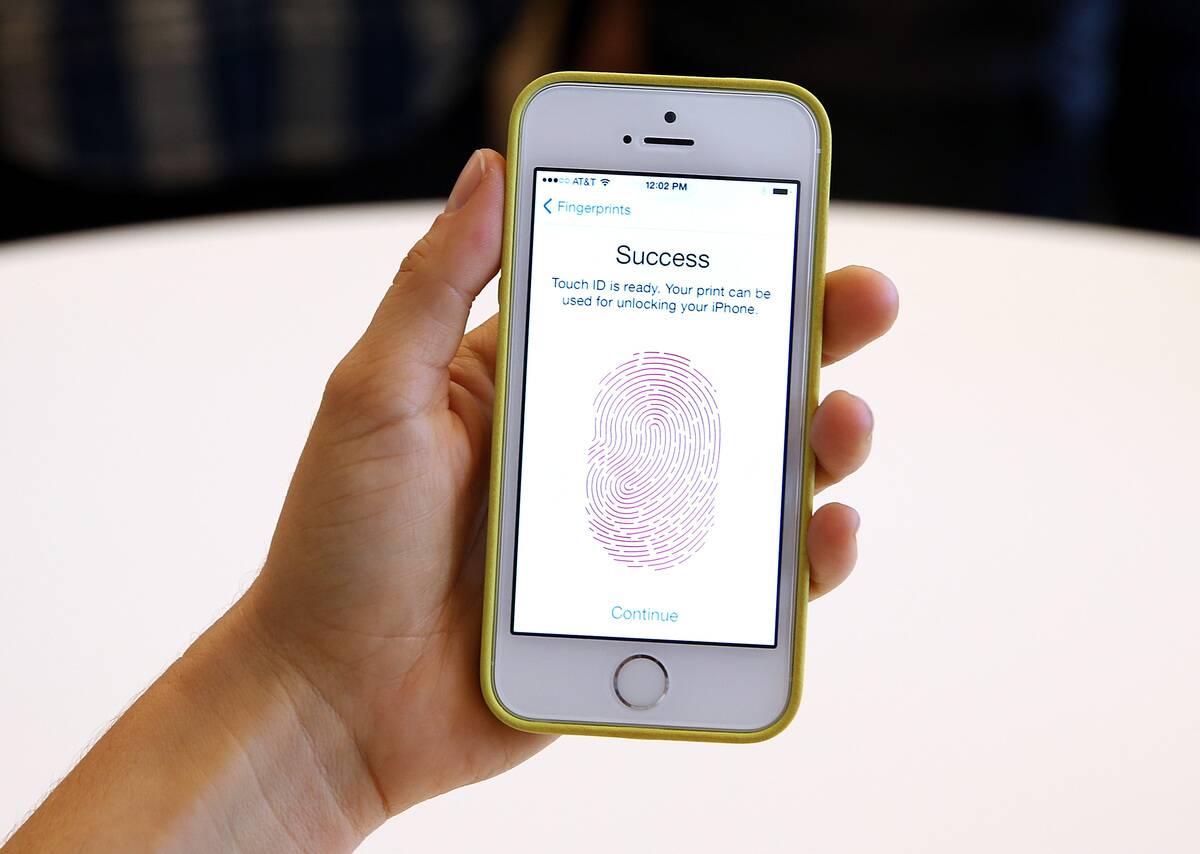
Fingerprint sensors have become a staple in modern technology, particularly in smartphones. These sensors use capacitive technology to capture the details of a fingerprint.
By storing and matching these details, your phone can quickly unlock with just a touch. This technology blends convenience with security, making it a popular choice for personal devices.
Altering Fingerprints: Fact or Fiction?
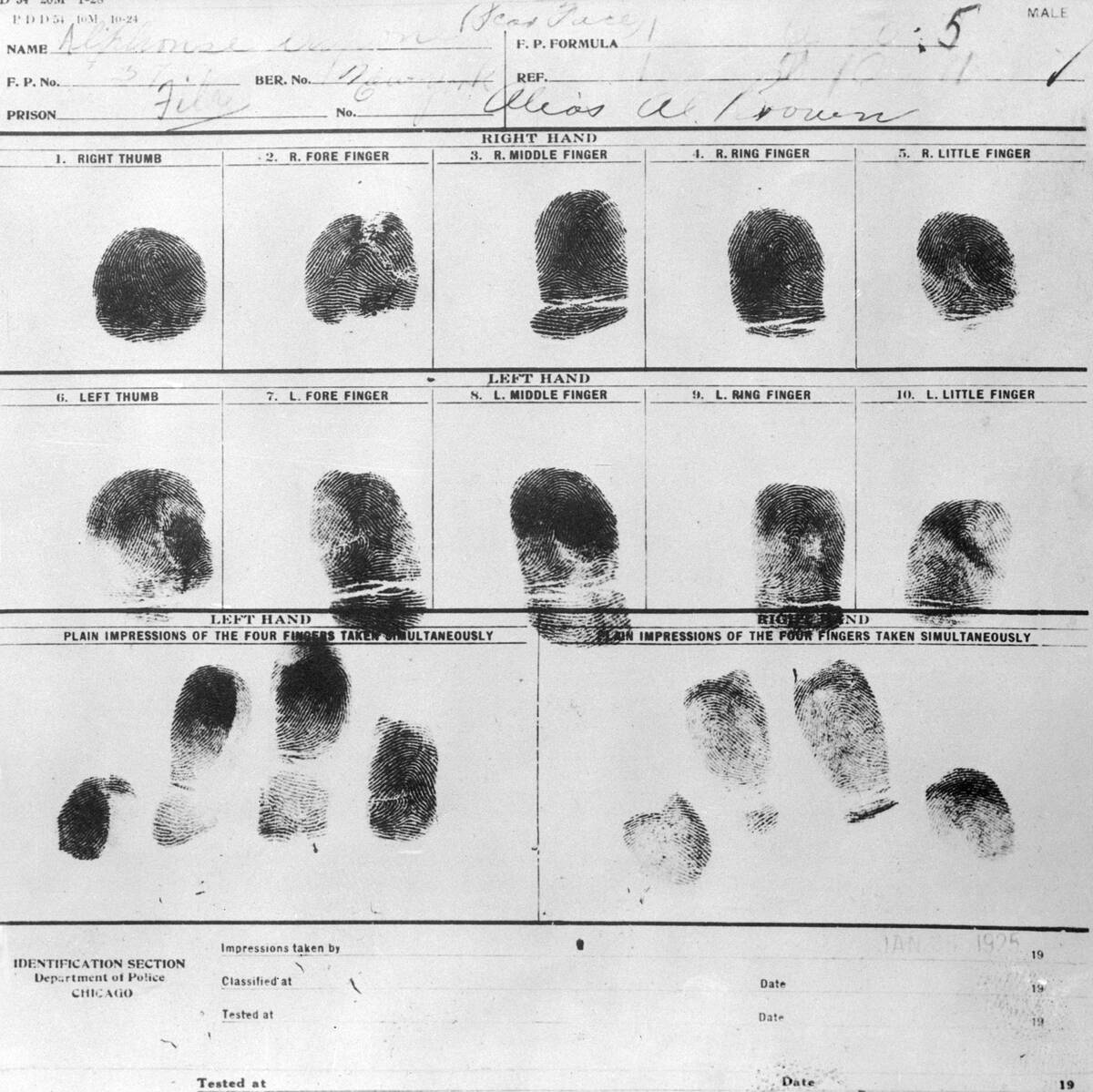
Altering fingerprints is mostly fiction, as attempts to change them are often ineffective and temporary. While injuries or surgeries can alter the appearance of fingerprints, the underlying patterns typically remain unchanged.
Notorious criminals have tried to erase or change their fingerprints, but forensic experts can often still identify the original patterns.
Fingerprints and Their Role in Forensic Science
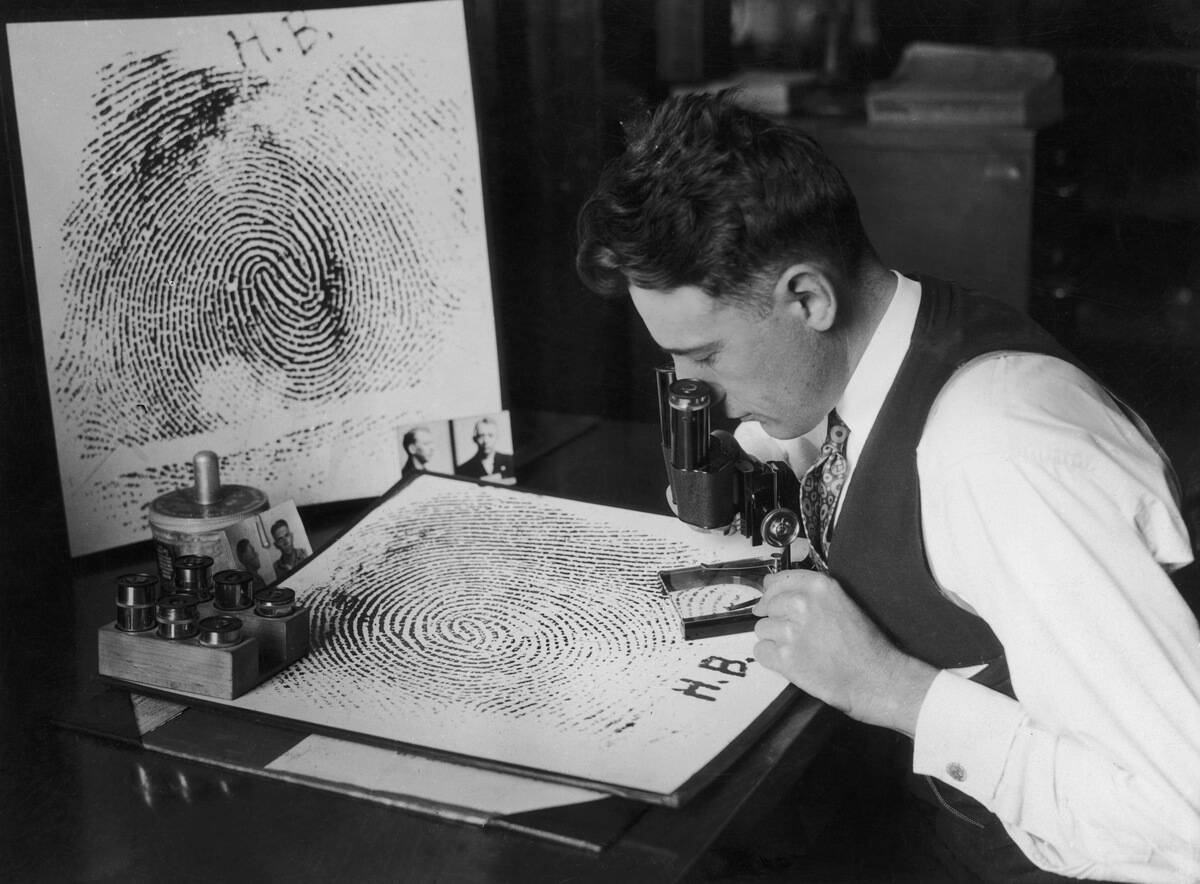
Fingerprints have been pivotal in forensic science, helping solve crimes by linking suspects to crime scenes. The uniqueness of fingerprints ensures that when a print is left behind, it can serve as a powerful piece of evidence.
Forensic experts rely on databases to compare prints and identify potential matches, making fingerprints critical in law enforcement.
The History of Fingerprint Use in Criminal Investigations
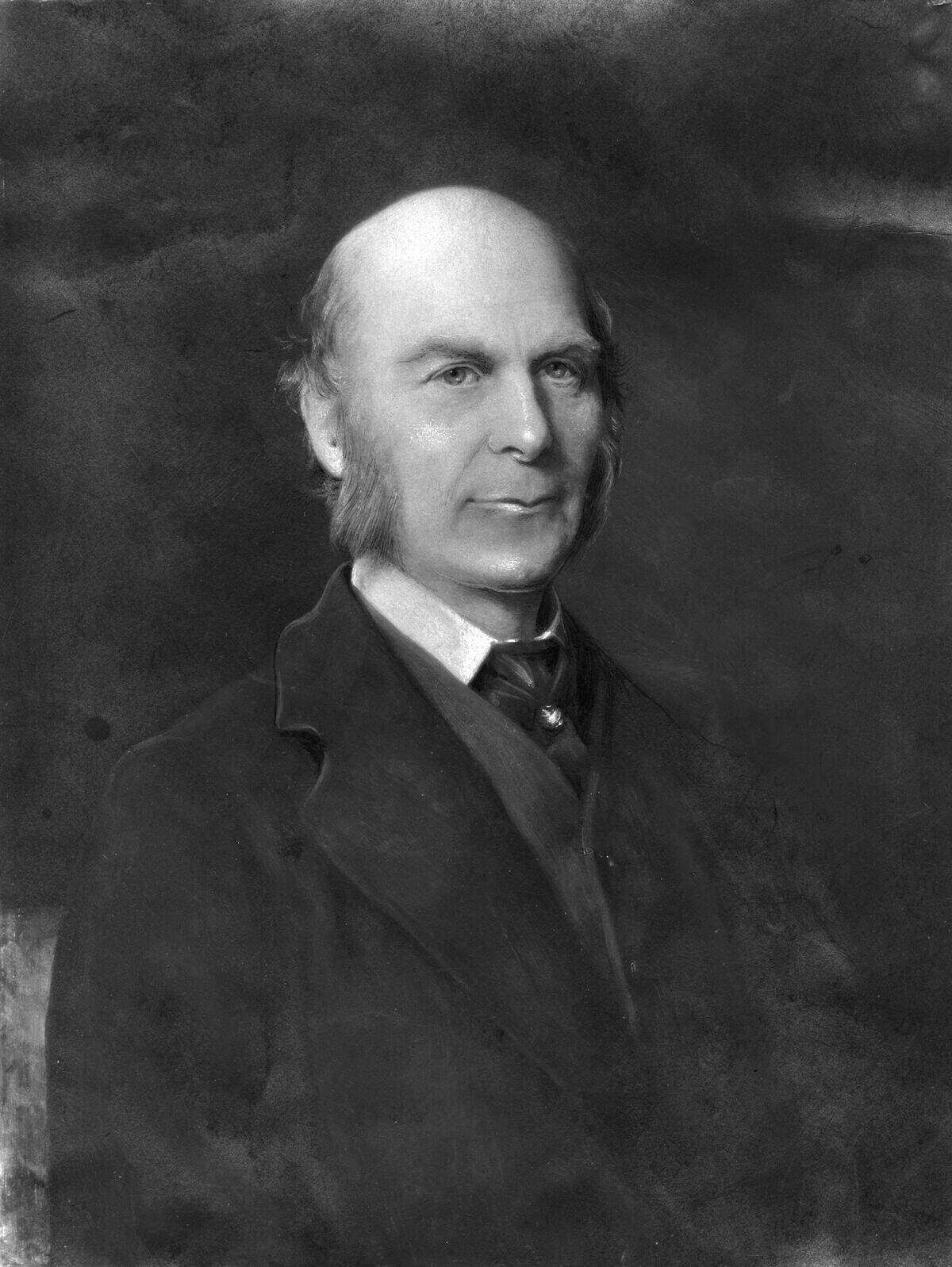
The use of fingerprints in criminal investigations dates back to the late 19th century. Sir Francis Galton’s research laid the groundwork for fingerprint analysis, leading to its adoption by law enforcement worldwide.
In 1901, the UK established the first fingerprint bureau, revolutionizing crime-solving techniques and making fingerprint evidence a cornerstone of modern forensics.
Famous Cases Solved by Fingerprint Evidence
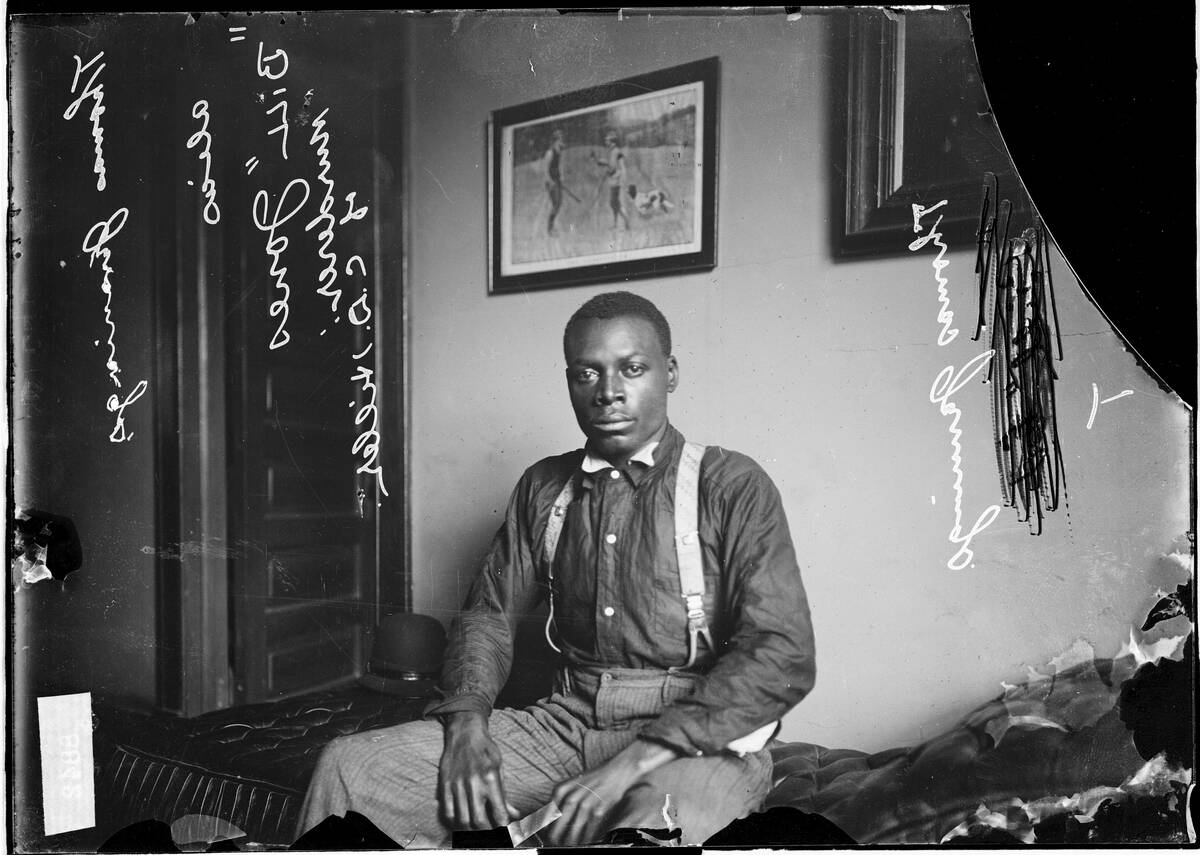
Fingerprint evidence has cracked many high-profile cases. One notable example is the 1910 case of the “Thomas Jennings” murder, where fingerprints left on a freshly painted railing led to the first American conviction based on fingerprint evidence.
Such cases highlight the power of fingerprints in solving crimes and delivering justice.
Fingerprints in Art and Culture

Fingerprints have inspired artists and found their way into cultural expressions. Andy Warhol, for example, used fingerprints in his artwork, showcasing their aesthetic appeal.
Beyond art, fingerprints symbolize individuality and identity in literature and media, reflecting their cultural significance beyond practical applications.
Fingerprints and Identity Theft: Myths and Realities
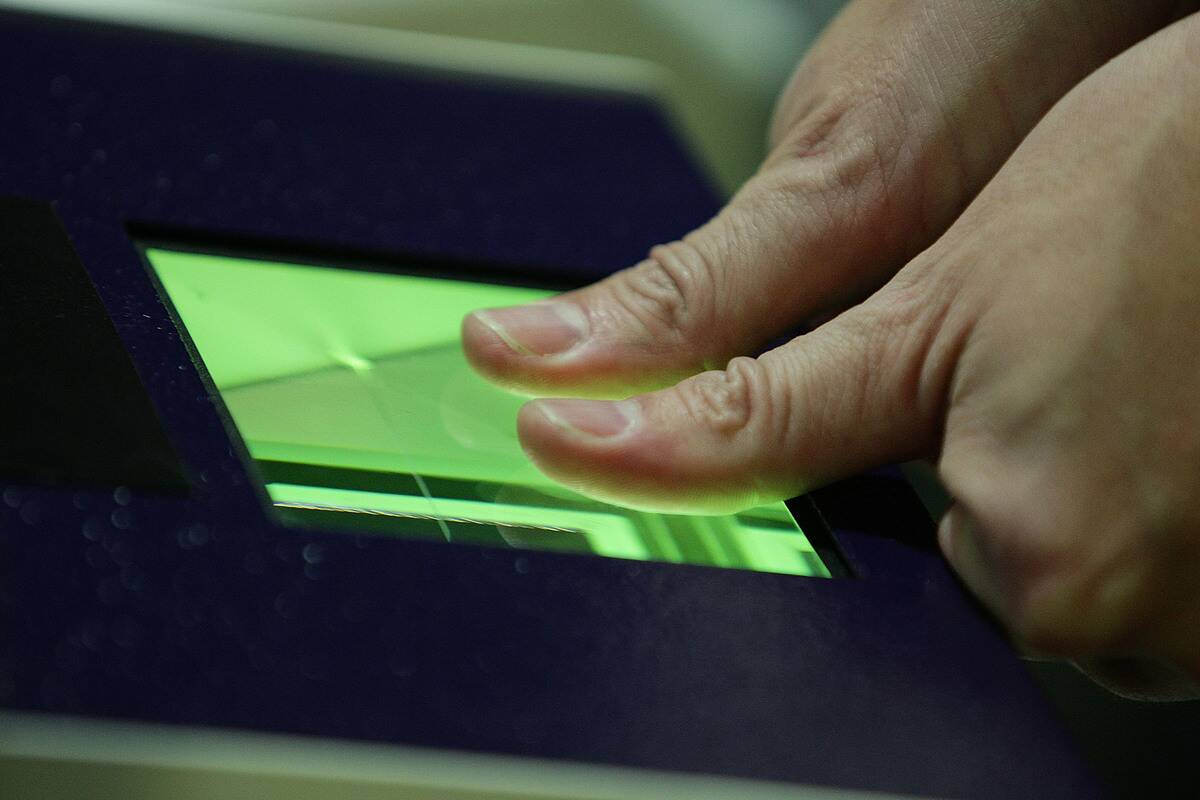
While fingerprints are secure forms of identification, concerns about identity theft persist. Unlike passwords, fingerprints can’t be changed if compromised, but stealing and replicating fingerprints is challenging.
Modern security uses multifactor authentication, combining fingerprints with other methods to enhance protection against identity theft.
The Future of Fingerprint Technology
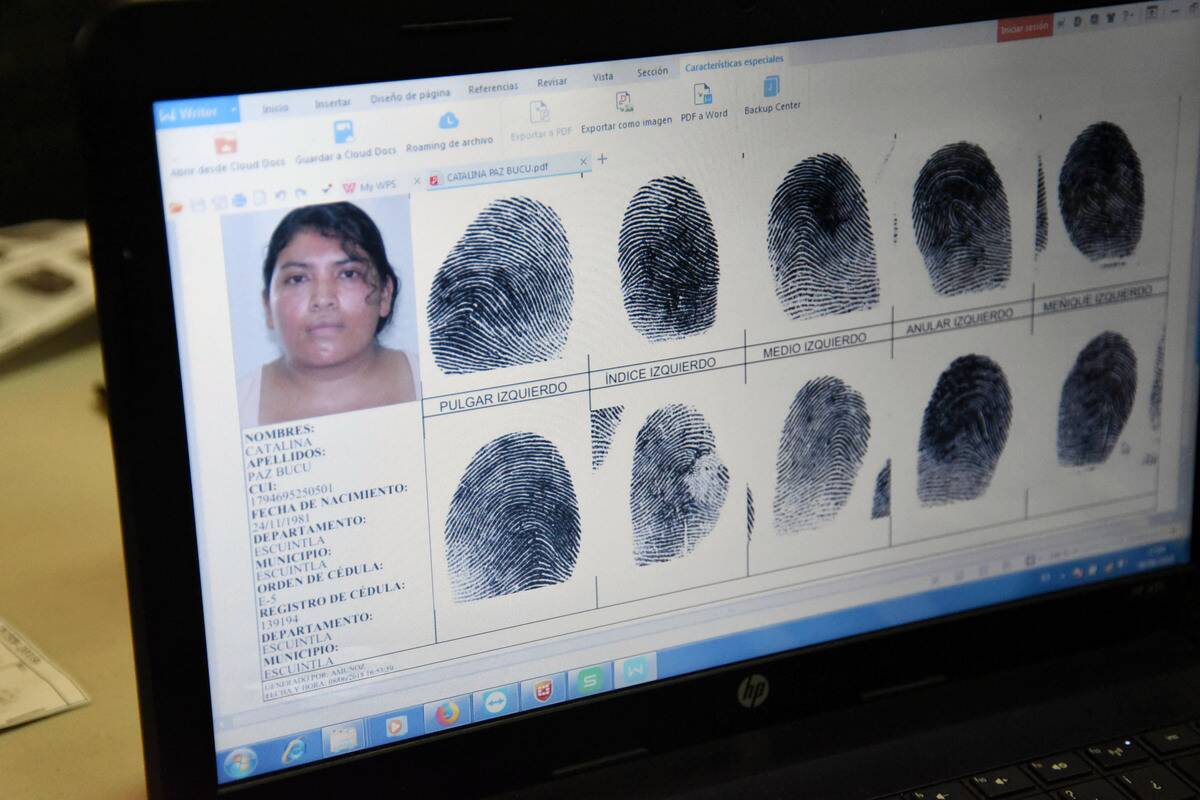
The future of fingerprint technology promises exciting advancements. Innovations include integrating sensors into everyday objects and improving accuracy with AI.
Interestingly, studies involving these AI platforms are starting to challenge the long-held credo that fingerprints are actually unique.
Fun Fingerprint Facts: Trivia and Tidbits
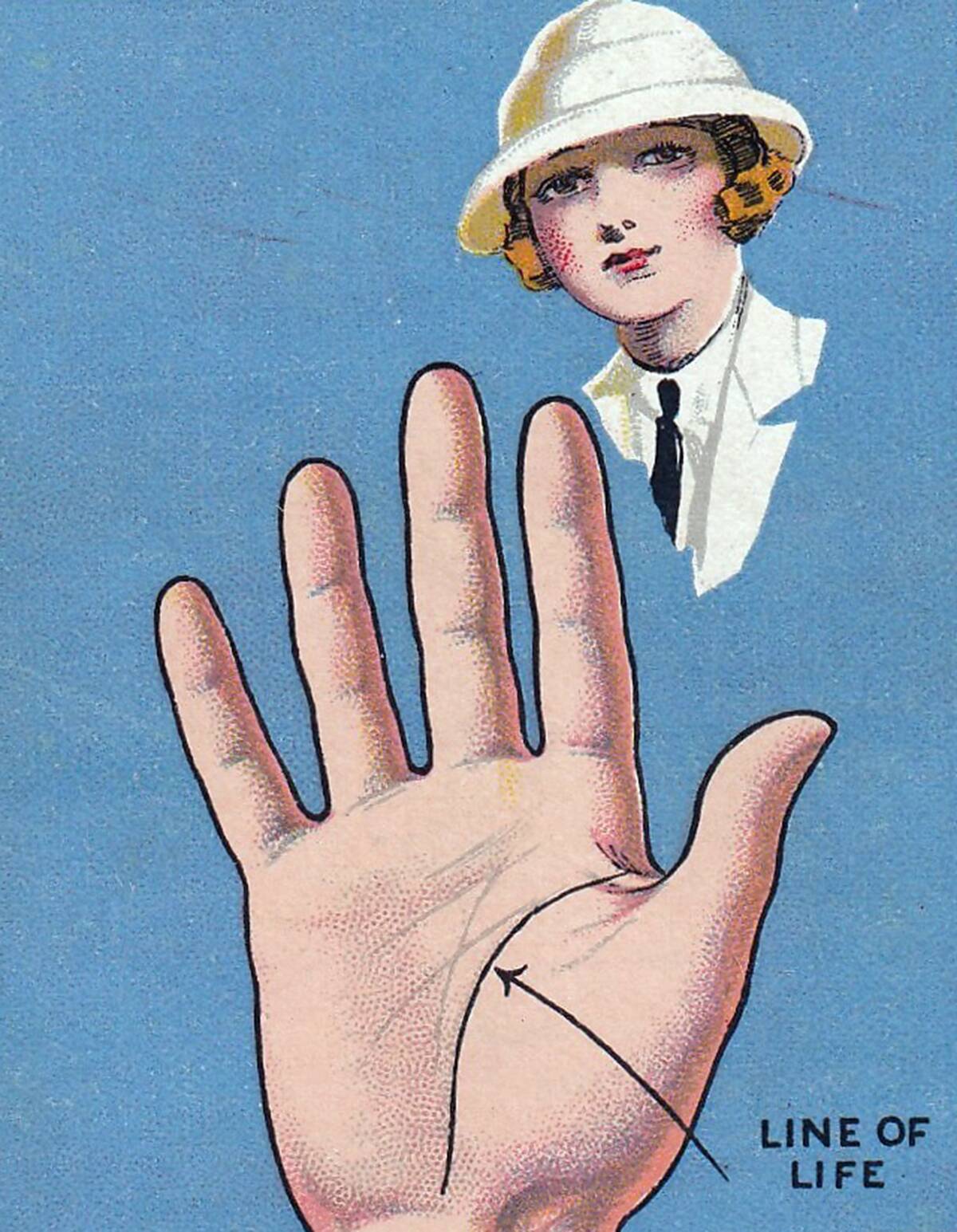
Did you know that fingerprints can reveal more than identity? Researchers have found traces of narcotics and food on fingerprints, offering insights into lifestyle habits.
Also, some people, due to a rare genetic condition called adermatoglyphia, are born without fingerprints, earning it the nickname “immigration delay disease” due to its implications for identification.




